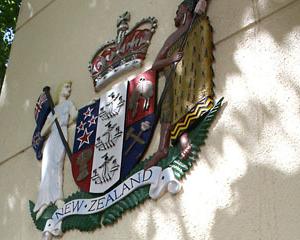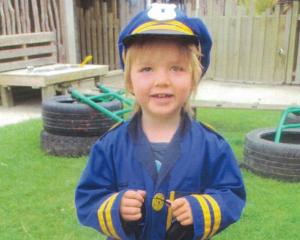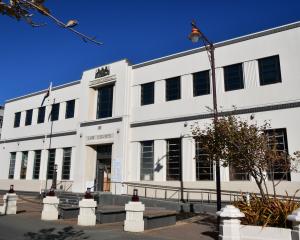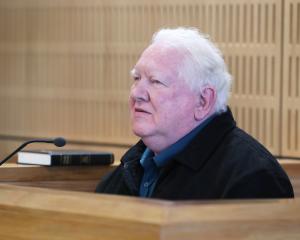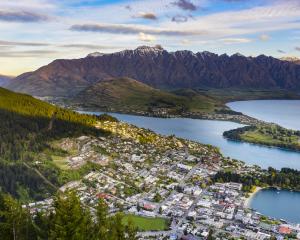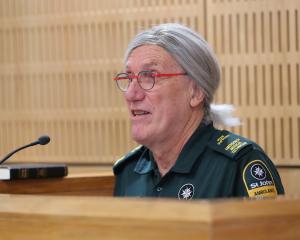Even today you must make something of an effort to arrive at the foot of Pikirakatahi.
It rises to dominate the skyline on the drive northwest from Tāhuna Queenstown, when following the shore of Whakatipu-wai-māori, heading for Glenorchy.
Its massive twin schist peaks sit high beyond Paradise, ringed around by the Dart and Rees rivers, preserving a sense of the unassailable.
But people have been coming here a long time.
It is country first travelled by Rākaihautū, the captain of the waka Uruao, countless generations ago.
In pūrākau, Rākaihautū did more than just explore Te Waipounamu, the South Island, he shaped it with his legendary kō, or wooden spade, Tuwhakaroria.
In doing so, he mapped a whole host of important landmarks and resources that continued to shape the connection between Māori and the whenua. Among these, Pikirakatahi has a special place because of its relationship to that tino taonga, pounamu.

"It is, however, likely that the name relates to Rākaihautū or subsequent people, as most of the prominent lakes, rivers and mountains of the interior take their name from the journey of Rākaihautū," the iwi’s settlement Act records.
"Pikirakatahi was of crucial significance to the many generations that journeyed to that end of Whakatipu-wai-māori (Lake Wakatipu) and beyond," it continues. "Staging camps for the retrieval of pounamu were located at the base of the mountain, while semi-permanent settlements related to the pounamu trade were located closer to the lake."
This is all familiar history to Ōtākou upoko Edward Ellison, a kaumatua of longstanding and holder of traditional knowledge. He was himself involved in negotiating the Ngāi Tahu Settlement.
As he tells the story, the journey of Rākaihautū down through the island underlines again the inseparability of people and land, their origins and futures tightly knit.
While the southern lakes are a big part of this history, it starts further north.
"In our traditions, the Uruao canoe is one of those very early canoes that brought people to this land," Ellison says. "We have many waka atua, or ancestral god-like canoes in our histories, but the Uruao was captained by Rākaihautū and he landed on the boulder banks by Nelson. He had with him his son Rokohouia and they split the party and Rākaihautū decided to venture down through the centre of this new place. He sent his son Rokohouia in the waka Uruao around the east coast of the South Island, Te Waipounamu, to explore, find out what was there, what would be useful, good places to settle.
"Rākaihautū in the meantime journeyed down through the centre of the island and our memory of that journey is recorded in the lakes and the maunga that he named — or in some accounts created with his digging stick, his kō, known as Tuwhakaroria."
Eventually, Rākaihautū and his Uruao crewmates made their way to Whakatipu-wai-māori — digging it with Tuwhakaroria — and Pikirakatahi. The many places he had discovered would be visited again, often becoming important mahika kai, some sites of settlement, but what was found at Pikirakatahi put it on the map in a particularly significant way.
"Our people were great adventurers and they would fossick around and find what was in the environment that was of use to them," Ellison explains. "And right up there ... they found pounamu."
It is far from the only place pounamu is found in Te Waipounamu, but for the East Coast peoples of the South it is particularly important as a source within their takiwā.
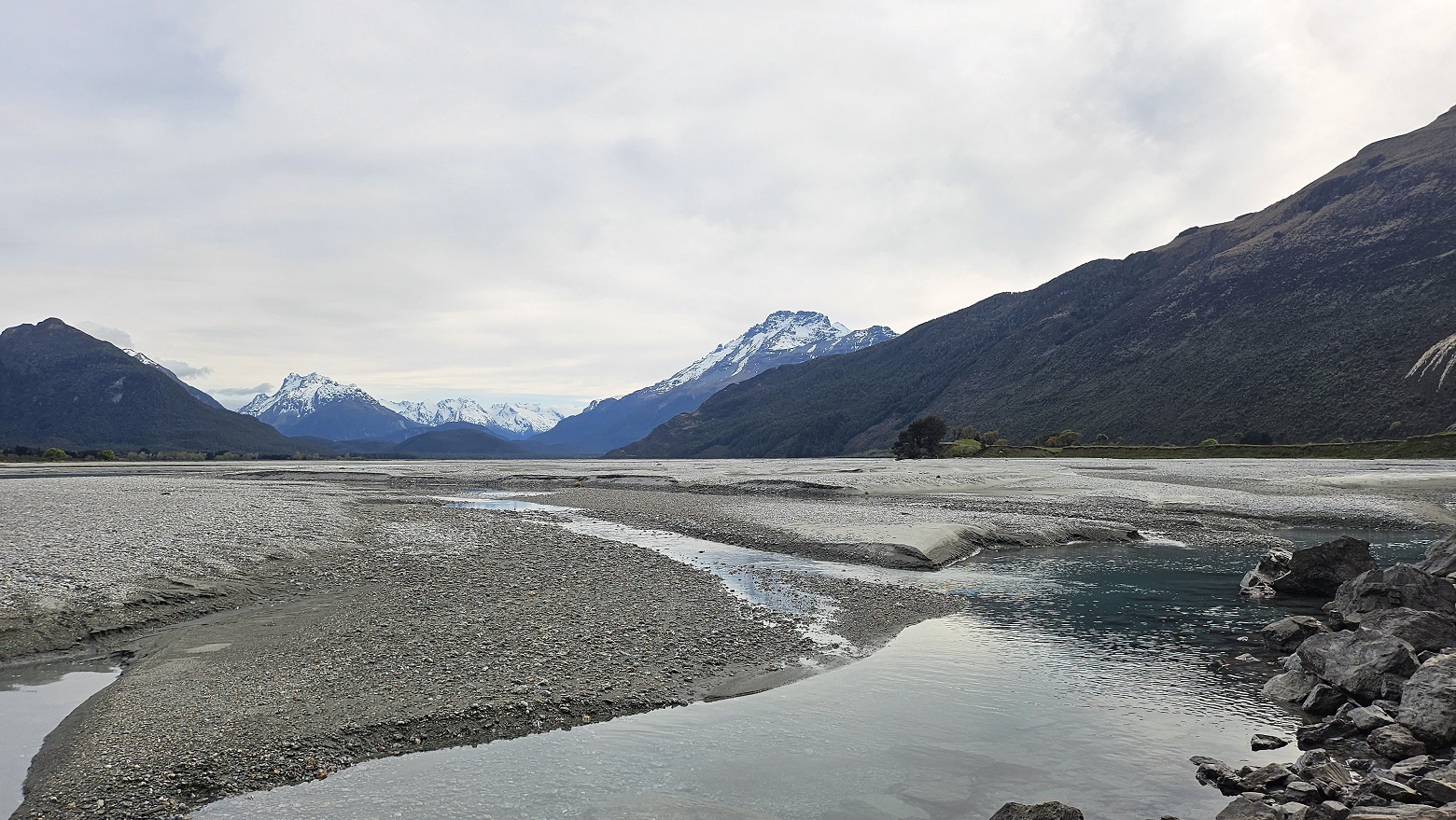
"It was durable and could hold an edge more than any other stone in the land. Particularly if they fired it, put it in a fire and heated the cutting edge, it would hold that edge more so. So, it was a taonga for that aspect, crucially important for the life they led and the resources they had to work with and a tool that could be passed from generation to generation. So, a grandson could be working with a tool fashioned by a grandfather."
It also made for beautiful ornaments, adornments and gifts, and could be traded as a commodity. Archaeological finds show pounamu travelled to the top of Te Ika a Maui, the North Island.
"And, of course, [it was] very important for making weapons, patu and so forth. In the right hands, in a well-trained warrior, a deadly enemy."
Beyond its durability, there was also significant kōrero in terms of its origins that addressed spiritual qualities.
"So, the people gravitated to pounamu in multiple ways — a precious resource and proven so by the fact that they would go all the way inland, by foot, right up to under the lee of Pikirakatahi and gather their pounamu and bring it back out to the coast for final working and trading."
Such is the mana of the mountain it is covered by a topuni, a protective cloak, under the Ngāi Tahu Claims Settlement Act 1998.
The Act records that during its formation, a wedge of pounamu was inserted into Pikirakatahi and the mountain now stands as kaitiaki (guardian) over the pounamu resource.

"Strategic marriages between hapu strengthened the kupenga (net) of whakapapa and thus rights to use the resources of the mountain," the Act says. "It is because of these patterns of activity that Pikirakatahi continues to be important to runanga located in Otago, Murihiku and beyond."
The Act says the mauri of Pikirakatahi represents the essence that binds the physical and spiritual elements of all things together, "generating and upholding all life".
All elements of the natural environment possess a life force, and all forms of life are related, it says.
"For Ngāi Tahu, traditions such as these represent the links between the cosmological world of the gods and present generations, these histories reinforce tribal identity and solidarity, and continuity between generations, and document the events which shaped the environment of Te Wai Pounamu and Ngāi Tahu as an iwi."
These connections are part of the attraction of pounamu, Ellison says.
Then as pounamu is handled, new connections are created through that sense of touch over time, placing a hand where other hands have held it.
"It is about connection, touching a taonga like that, of high quality, and it also connects you with other people who may have done the same thing," he says.
"My father always wore his against his skin, you might never have seen it, and many people wouldn’t have known he had a pounamu on but it was always against his skin."


